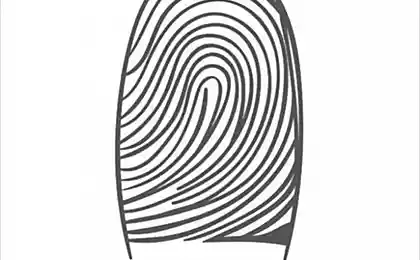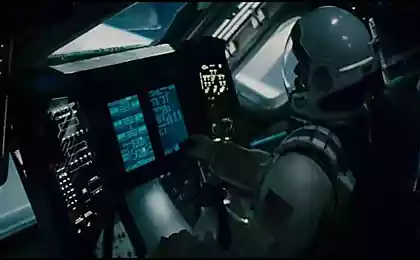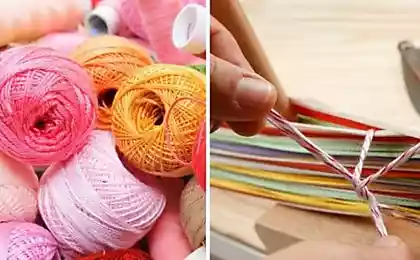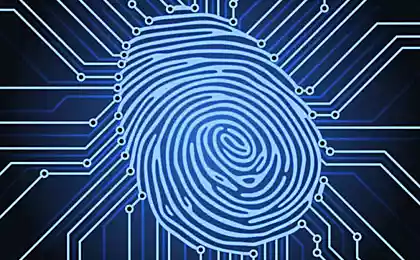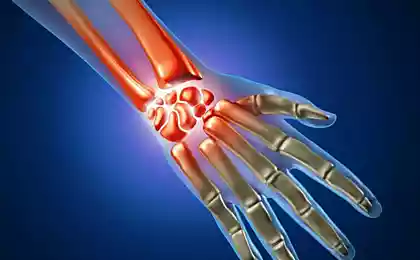903
Imaginary scores: complex calculations "on the fingers"
When a person faster kalkulyatoraMalenkie children in South Asia can produce complex mathematical calculations in a few seconds by simply snapping his fingers in the air.

Their secret tool - imaginary abacus, abacus.
News from the Mind Mathlon program in 2014, which was held in March at the Technological Institute of the city of Karachi, told of young children who are just schёlkayut fingers and make complex calculations with incredible accuracy.
Obviously, children learn to use your fingers as the beads on the abacus, which allowed them to add and subtract from the speed calculator.
This technique is fairly simple, but to master it takes a few years of practice. The fingers of his right hand - the unit. Raised his right thumb - the number 5. Each finger of the left hand corresponds to the tens. And a raised left thumb - the number 50. That is two thumbs raised up - is 55.
The amazing feature of this technology is that anyone can use it: visually impaired child is participating in the above program, considered no worse than all the others. 11-year-olds easily have multiplied 10-digit numbers and even take the square root of the 6-digit number, and all this without a calculator, pencil and paper.
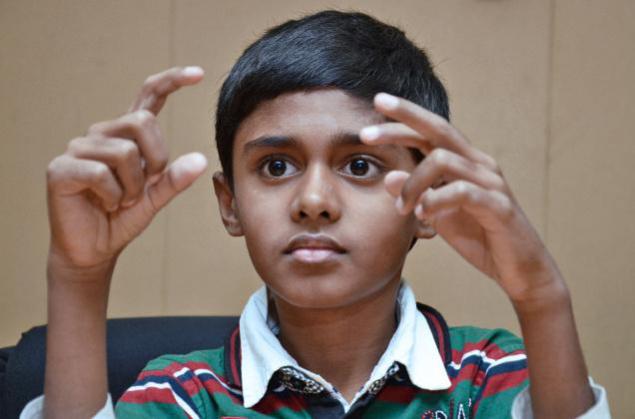
Yasin Atalf CEO robotics lab, explained that children simply learn to move imaginary imaginary abacus beads on-abacus.
This technique is popular among schoolchildren in several Asian countries, such as China, Japan and India.
Michael Frank Stanford universitetai David Banner from the University of California, went to school in the state of Gujarat in India to understand how this technique works.
In particular, experts want to understand how children manage to follow all 15 columns imaginary account, while many people are barely able to keep track of 3 or 4 columns. They studied children who were trained in the technique of only one year. These children could not do arithmetic with numbers that have more than three or four characters. This meant that these children are able to remember only three or four columns of his "score».
And even experts have established that the work on imaginary abacus does not depend on language systems. Other similar techniques have to be of the number of students, in terms of their names in a particular language. A imaginary abacus, abacus - the problem is completely visual and the language does not depend.
According to Altaf, this "mental math" is suitable for anyone who wants to hone their skills bill in mind. But in order to achieve truly impressive results, it requires more than one year of hard work.
via factroom.ru

Their secret tool - imaginary abacus, abacus.
News from the Mind Mathlon program in 2014, which was held in March at the Technological Institute of the city of Karachi, told of young children who are just schёlkayut fingers and make complex calculations with incredible accuracy.
Obviously, children learn to use your fingers as the beads on the abacus, which allowed them to add and subtract from the speed calculator.
This technique is fairly simple, but to master it takes a few years of practice. The fingers of his right hand - the unit. Raised his right thumb - the number 5. Each finger of the left hand corresponds to the tens. And a raised left thumb - the number 50. That is two thumbs raised up - is 55.
The amazing feature of this technology is that anyone can use it: visually impaired child is participating in the above program, considered no worse than all the others. 11-year-olds easily have multiplied 10-digit numbers and even take the square root of the 6-digit number, and all this without a calculator, pencil and paper.

Yasin Atalf CEO robotics lab, explained that children simply learn to move imaginary imaginary abacus beads on-abacus.
This technique is popular among schoolchildren in several Asian countries, such as China, Japan and India.
Michael Frank Stanford universitetai David Banner from the University of California, went to school in the state of Gujarat in India to understand how this technique works.
In particular, experts want to understand how children manage to follow all 15 columns imaginary account, while many people are barely able to keep track of 3 or 4 columns. They studied children who were trained in the technique of only one year. These children could not do arithmetic with numbers that have more than three or four characters. This meant that these children are able to remember only three or four columns of his "score».
And even experts have established that the work on imaginary abacus does not depend on language systems. Other similar techniques have to be of the number of students, in terms of their names in a particular language. A imaginary abacus, abacus - the problem is completely visual and the language does not depend.
According to Altaf, this "mental math" is suitable for anyone who wants to hone their skills bill in mind. But in order to achieve truly impressive results, it requires more than one year of hard work.
via factroom.ru



